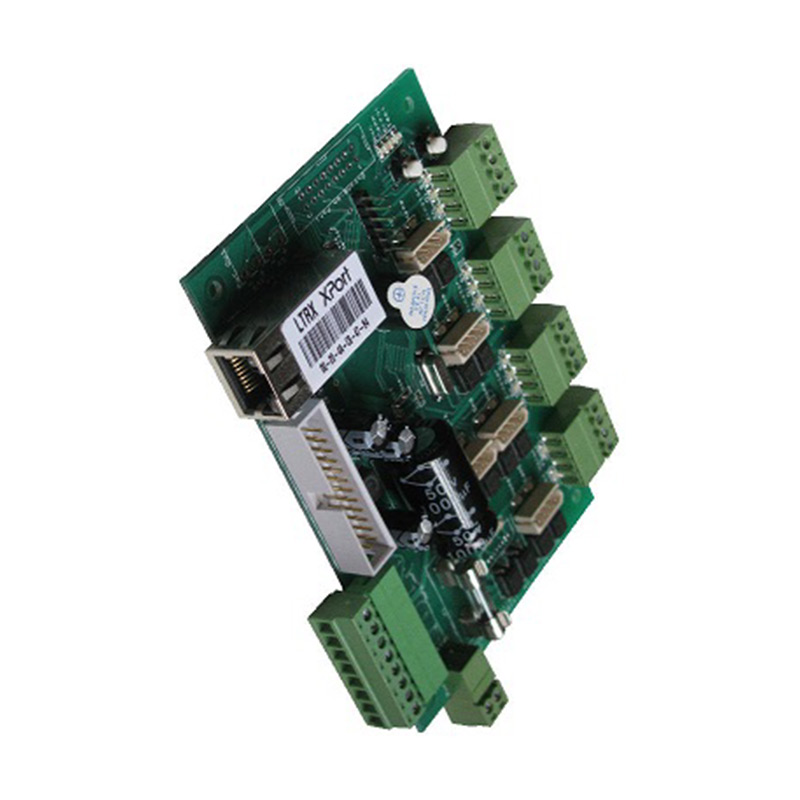

Understanding the Cost of Low-E Glass
Low-emissivity (Low-E) glass is a specialized type of glass designed to improve energy efficiency in buildings. Its surface is coated with a thin layer of metallic oxides that reflect heat while allowing natural light to pass through. While this technology offers significant energy savings, it also comes with a distinct cost that varies based on several factors. In this article, we will explore the components that contribute to the cost of Low-E glass, its long-term benefits, and why it is an essential investment for energy-efficient construction.
Understanding the Cost of Low-E Glass
Another critical aspect to consider is the space in which the Low-E glass will be installed. Various geographical locations experience different climatic conditions, which can affect pricing. Areas with extreme temperatures may require thicker or double-glazed Low-E glass units, which generally cost more than single-pane varieties. Installation costs are also influenced by local labor rates and the complexity of the project. Commercial buildings may require more extensive finishing work than residential properties, thereby driving up the total expenditure on Low-E glass.

Despite the higher upfront cost, investing in Low-E glass can yield significant long-term savings. The primary advantage of Low-E glass is its ability to decrease energy bills. By reflecting infrared light, Low-E glass helps to keep heat inside during the winter and outside during the summer. This thermal efficiency can lead to reduced reliance on heating and cooling systems, lowering energy consumption and costs over time. Many builders and homeowners report energy savings of up to 30% annually solely due to the installation of Low-E windows and glass.
Beyond cost savings, Low-E glass also enhances comfort and contributes to environmental sustainability. By reducing energy consumption, Low-E glass minimizes the carbon footprint associated with heating and cooling structures. Moreover, because it mitigates heat transfer, it prevents condensation, which can reduce the likelihood of mold development and protect the building's structural integrity.
In conclusion, while the cost of Low-E glass may be higher than that of standard glass options, the benefits it brings in terms of energy efficiency, comfort, and environmental impact are substantial. For homeowners and builders looking to create energy-efficient spaces, the value of Low-E glass often outweighs the initial costs. As technology advances, and energy standards become stricter, incorporating Low-E glass into building designs will remain a pivotal factor in achieving sustainability goals, ultimately justifying its price point. Therefore, it is essential for decision-makers to consider the long-term gains of investing in Low-E glass against the initial expenditure, establishing a path towards both financial savings and environmental stewardship.